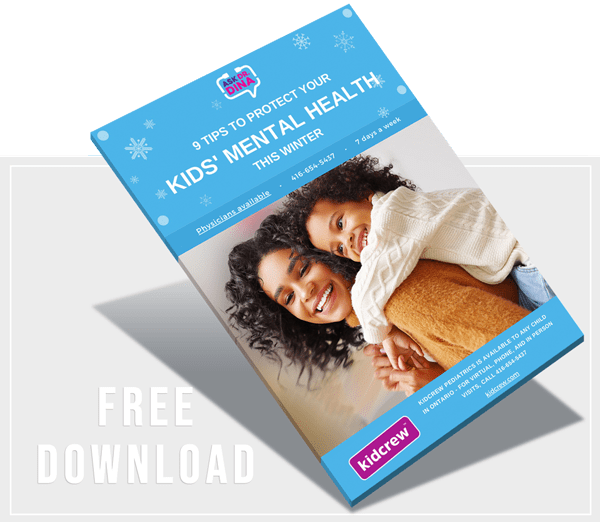What Causes Asthma?
What you need to know about “Reactive Airway Disease”
When parents hear the term asthma, they are often fearful that their child will have a serious, life-long illness that may lead to frequent hospitalizations and long-term medication use.
Most children with reactive airway disease (commonly referred to as asthma) are healthy children with recurrent coughing or wheezing episodes.
This recurrent cough or wheeze is frequently triggered by a viral infection, which leads to an inflammatory response in the small airways.
Many children will have issues with cough and wheeze when they are young and later outgrow it.
We diagnose asthma based on the child’s history.
We do not usually need to do any investigations.
Children with reactive airway disease, or asthma, have recurrent episodes of wheezing or coughing.
Uncommonly, children will have a particular test called a methacholine challenge, which can be ordered by your physician after eight years of age.
Before age 8, reactive airway disease is diagnosed clinically, through the history of recurrent cough and wheeze, especially at night and in the viral illness setting.
What are asthma symptoms?
- Wheezing
- Shortness of breath
- Chest tightness
- Coughing
- Mucous or sputum production or vomiting mucous
What is the best asthma treatment?
Some children develop a persistent cough or wheezing, most typically during a viral illness. If a cough is persistent or troublesome, some physicians will prescribe puffers as asthma treatment. Inhalers help to minimize cough by opening up the airways and clearing the inflammation and mucus and inflammation. This inflammation is causing cough and wheeze.
The most common puffers we use in Canada are Salbutamol (Ventolin) and Fluticasone (Flovent).
In other countries, different inhaled steroids are used.
How do inhalers for asthma work?
The ‘Blue Puffer’ – (example: Salbutamol)
Salbutamol is a medication called a bronchodilator. Bronchodilators help open up the airways when they are tight. Salbutamol helps open the airways within 10-20 minutes and work for a few hours. This rescue medication is used when a child is having difficulty breathing or having a burdensome cough. This puffer is used every 4 hours as needed to decrease cough. Often children will need it more often before bed, when cough can be worse, or during exercise, or at times of illness.
The ‘Orange Puffer’ (example: Fluticasone)
Fluticasone is an inhaled steroid and decreases mucus and inflammation in the small airways over days to weeks. We use the steroid puffer morning and night. This puffer will reduce the amount of inflammation in the lungs over a week or two.
I typically prescribe Salbutamol as needed, where there are symptoms of coughing or difficulty breathing and stop when this is no longer a problem.
If your child needs it every day, their asthma/cough is not well enough controlled.
Most children can use Fluticasone intermittently when their asthma/cough is flaring up. For virus-induced asthma, I start Fluticasone at the beginning of a viral infection till a week after it is over.
The puffer may keep the reactive airway disease better controlled and will decrease the need for emergency level care.
Always use an inhaler spacer
The medicine doesn’t deposit in the lungs properly without a spacer.
These are plastic devices that space the medication from the mouth to deposit the particles in the lungs maximally. An example is an Aerochamber spacer.
Without using a spacer, much of the medicine goes to the back of the throat. If the treatment does not get to the lungs where it is needed, there is no point in using it.
Download this free resource – 9 Tips To Help Protect Your Kids’ Mental Health
XO













